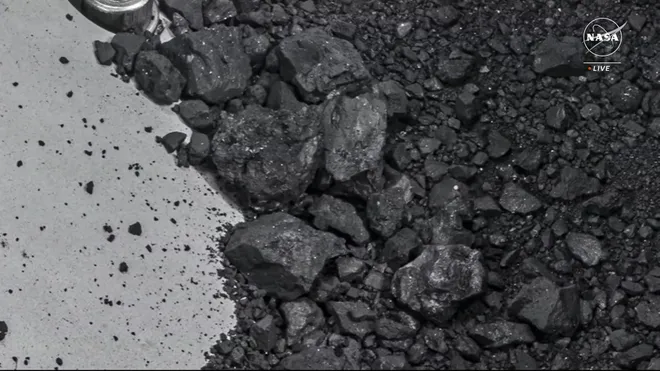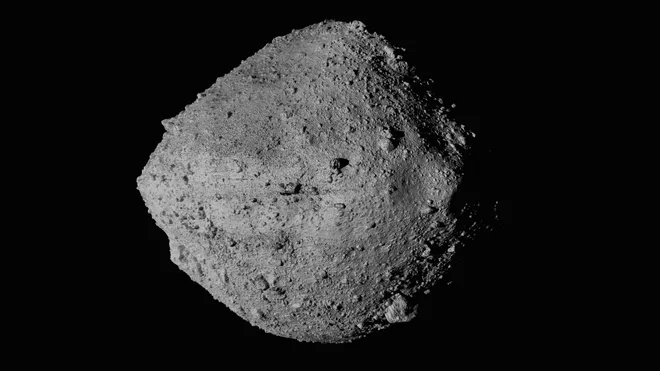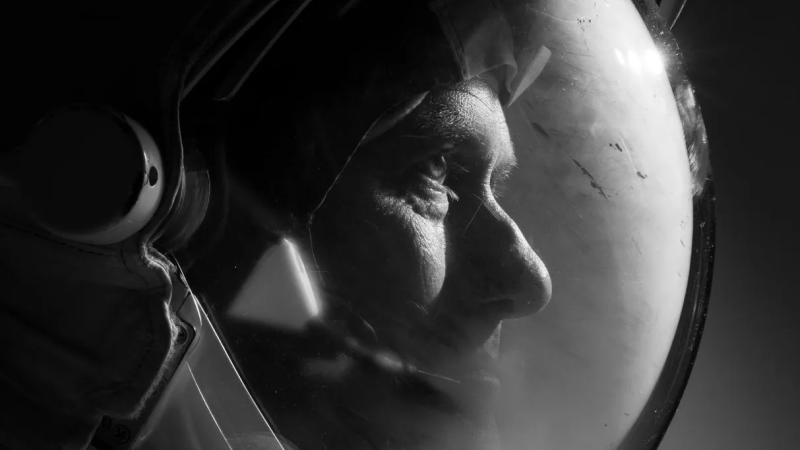NASA says its first asteroid samples likely contain carbon and water, 2 key parts of life
NASA had a big reveal party on Wednesday.
The nation's first-ever asteroid samples, which were delivered last month to a desert in Utah, were shown off at NASA's Johnson Space Center in Houston on Wednesday.
The 4.5 billion-year-old samples of black dust and rubble, which traveled some 60 million miles from the asteroid Bennu, showed evidence of water and high-carbon content, researchers said. This could mean that "the building blocks of life on Earth may be found in the rock," according to the University of Arizona, which co-led the mission with NASA.
"We are unlocking a time capsule that offers us profound insights into the origins of our solar system," said the mission's lead scientist, Dante Lauretta of the University of Arizona.

How much material came back from Bennu?
Scientists are still not sure how much material was grabbed from the asteroid. That’s because the main sample chamber has yet to be opened, officials said during the event. The photos and videos displayed at the event on Wednesday were of overflow samples.
The goal of the OSIRIS-REx sample collection was 60 grams of asteroid material. So far, the estimated material returned is 250 grams, or about a cupful. They won’t have a good count until the container is opened, within two weeks or so.
“It’s been going slow and meticulous, but the science is already starting,” said Lauretta.
More:NASA recovers Bennu asteroid sample from OSIRIS-REx's return to Earth
OSIRIS-REx brought the samples back to Earth
Wednesday's reveal was part of an early assessment of NASA’s OSIRIS-REx (Origins, Spectral Interpretation, Resource Identification and Security – Regolith Explorer) mission, according to NASA.
The spacecraft OSIRIS-REx returned to Earth in September, after a years-long mission to the nearby asteroid. A capsule containing samples from Bennu separated from the OSIRIS-REx, and entered Earth's atmosphere on Sept. 23. The capsule then parachuted into the Utah Test and Training Range in Utah's West Desert.

'Biggest carbon-rich asteroid sample'
“The OSIRIS-REx sample is the biggest carbon-rich asteroid sample ever delivered to Earth and will help scientists investigate the origins of life on our own planet for generations to come,” said NASA Administrator Bill Nelson.
The samples are priceless, the preserved building blocks from the dawn of the solar system, NASA said.
For the next two years, the mission's science team will continue to study the samples from Bennu. According to NASA, the agency will preserve at least 70% of the samples at the Johnson Space Center for further research by scientists worldwide, including future scientists.
More:Brian May, best known as Queen's guitarist, helped NASA return its 1st asteroid sample to Earth

Contributing: The Associated Press
Disclaimer: The copyright of this article belongs to the original author. Reposting this article is solely for the purpose of information dissemination and does not constitute any investment advice. If there is any infringement, please contact us immediately. We will make corrections or deletions as necessary. Thank you.






